Exciting new details about the upcoming DJI Air 3S drone have emerged, thanks to what seem to be leaked dealer training slides and insider information shared on social media. OsitaLV first broke the news on Twitter, stating, “Training of DJI Air 3s for resellers has begun.” This was quickly followed by a flood of information from various sources, including Jasper Ellens, giving us a comprehensive look at what could be DJI’s most advanced consumer drone yet.
Understanding Lux: Illuminating the Air 3S’s Capabilities
Before diving into the specifics, it’s important to understand what lux means and how it relates to real-world lighting conditions. Lux is a unit of measurement for illuminance, or the amount of light that falls on a surface. To put the Air 3S’s capabilities into perspective, here are some common lighting scenarios and their approximate lux levels:
- Full daylight: 10,000 – 25,000 lux
- Overcast day: 1,000 – 2,000 lux
- Office lighting: 300 – 500 lux
- Living room in the evening: 50 – 200 lux
- Street lighting: 10 – 20 lux
- Full moon on a clear night: 0.1 – 0.3 lux
Nightscape Omnidirectional Obstacle Sensing: A Game-Changer
One of the most impressive features of the DJI Air 3S is its Nightscape Omnidirectional Obstacle Sensing system. This cutting-edge technology represents a significant leap forward in drone safety and operational capabilities, especially in low-light conditions.

How It Works
The Nightscape system utilizes a combination of sensors to create a 360-degree awareness bubble around the drone. This allows the Air 3S to detect and avoid obstacles from any direction, even in challenging lighting situations. The system includes:
- Forward-facing LiDAR
- Downward vision sensors
- Lateral vision sensors
- Upward infrared sensors
LiDAR Technology and Low-Light Performance
The inclusion of LiDAR (Light Detection and Ranging) technology is particularly noteworthy. LiDAR uses laser pulses to measure distances and create detailed 3D maps of the surrounding environment. This technology offers several advantages:
- Accuracy: LiDAR provides highly precise distance measurements, even in low-light conditions.
- Speed: The system can process data quickly, allowing for real-time obstacle avoidance.
- Range: LiDAR can detect obstacles at greater distances than traditional vision sensors.
According to the leaked slides, the forward-facing LiDAR on the Air 3S has a measurement range of 0.5 m to 25 m (1.6 ft to 82 ft) at night. It remains effective when direct sunlight has illuminance below 20,000 lux, which is equivalent to daylight on a slightly overcast day. This means the LiDAR system can function effectively in most outdoor lighting conditions, from bright sunlight to deep twilight.

Improved Low-Light Vision System
The Air 3S features a significant upgrade in its low-light vision capabilities:
- DJI Air 3: Required illuminance > 15 lux
- DJI Air 3S: Effective with illuminance > 1 lux
This 15-fold improvement in low-light sensitivity is truly remarkable. To put this into context:
- The DJI Air 3 would struggle to operate effectively in conditions darker than a well-lit indoor space (15 lux is similar to hallway lighting).
- The DJI Air 3S can function in lighting conditions equivalent to twilight or very dim street lighting (1 lux is similar to deep twilight just after sunset).
This enhancement opens up new possibilities for drone operations in challenging light conditions, such as:
- Flying during the “blue hour” just after sunset or before sunrise
- Operating in urban areas with minimal street lighting
- Capturing footage in dimly lit indoor spaces
The ability to fly safely in these conditions could be a game-changer for various applications, from Police, fire, Search and Rescue operations to creative nighttime cinematography.
Enhanced Dual-Camera System
The DJI Air 3S boasts an impressive dual-camera setup that promises to deliver exceptional image quality across a wide range of shooting scenarios:
Camera Specifications Wide-angle camera
– 1″ CMOS sensor
– FOV: 84°
– Format equivalent: 24 mm (0.94 inches)
– Aperture: f/1.8
– Pixels: 50 MP
– Digital Zoom: 1-2.9x
Camera Specifications Medium tele camera
– 1/1.3″ CMOS sensor
– FOV: 35°
– Format equivalent: 70 mm (2.76 inches)
– Aperture: f/2.8
– Pixels: 48 MP
– Digital Zoom: 3-9x
This dual-camera system allows for greater flexibility in capturing both wide-angle landscapes and more detailed, zoomed-in shots without sacrificing image quality.

Image Quality and Video Capabilities
The leaked information suggests that the DJI Air 3S will offer professional-grade image quality and video capabilities:
- ISO range: 100-12,800 (Normal), 100-3,200 (D-Log M), 100-3,200 (HLG)
- Max video resolution: 4K/120fps, 1080p/240fps
- Vertical shooting: 2.7K/60fps
- Color modes: Normal/HLG/D-Log M
These specifications indicate that the Air 3S will be capable of capturing high-quality footage in a variety of situations, from bright daylight to low-light conditions. The extended ISO range, particularly in Normal mode, suggests improved performance in dimly lit environments.
Camera Upgrades: Air 3S vs. Air 3
The DJI Air 3S introduces significant improvements to its camera system compared to its predecessor, the Air 3. While both drones feature a dual-camera setup, the Air 3S boasts more advanced sensors and capabilities.
The wide-angle camera on the Air 3S utilizes a larger 1″ CMOS sensor, compared to the 1/1.3″ CMOS sensor on the Air 3. This upgrade allows for the Air 3S to capture 50 MP images, a slight increase from the 48 MP of the Air 3. The medium tele camera on both models uses a 1/1.3″ CMOS sensor and shoots up to 48 MP stills.
Both drones share the same focal length equivalents (24mm for wide-angle and 70mm for medium tele) and similar fields of view. However, the Air 3S offers a slightly less wide aperture of f/1.8 for its wide-angle camera, compared to f/1.7 on the Air 3.
The digital zoom capabilities have barely changed on the Air 3S, with the wide-angle camera now offering 1-2.9x zoom (down from 1-3x on the Air 3) and the medium tele camera providing the same 3-9x zoom capability.
The most notable improvements will be found in the DJI Air 3S low light capabilities as the larger sensor now allows for higher maximum ISO ranges across Normal, D-Log M and HLG shooting.
Furthermore video frame rates have been increased to 4K at 120 fps and 1080 at 240 fps for better slow motion footage.
These enhancements collectively suggest that the Air 3S will deliver superior image quality and greater flexibility in various shooting scenarios.

Next-Gen Smart RTH (Return to Home)
The leaked slides also reveal information about an improved Return to Home (RTH) feature. The Air 3S utilizes its forward-facing LiDAR to ensure safer nighttime RTH operations. This advanced system allows the drone to navigate around obstacles more effectively when returning to its takeoff point, providing pilots with greater peace of mind during autonomous flight modes, especially in low-light conditions.
DJI RC Track: A New Accessory for High-Speed Tracking
Jasper Ellens shared information about an exciting new accessory called the DJI RC Track.
He stated, “The #DJIRCTRACK will be great for your #Air3S being able to track above #50km/h, and likely will also work with your #Mini4Pro in the future as the specs reveal.”
This new controller appears to be designed for high-speed tracking shots, potentially opening up new creative possibilities for drone cinematographers and sports photographers. The ability to maintain a lock on fast-moving subjects at speeds over 50 km/h (31 mph) could be a game-changer for many drone operators.

Dealer Training and Market Positioning
The fact that DJI has begun training resellers on the Air 3S and released a teaser suggests that an official announcement and release may be imminent (October 15th at 9 am EST). This training typically occurs in the final stages before a product launch, allowing dealers to familiarize themselves with the new features and capabilities of the drone.
The comprehensive feature set of the Air 3S, particularly its advanced obstacle avoidance and low-light performance, positions it as a potential bridge between DJI’s consumer and professional drone lines. It could appeal to enthusiasts looking for professional-grade features in a more compact and affordable package.
DroneXL’s Take
The leaked information about the DJI Air 3S paints a picture of a drone that could significantly push the boundaries of consumer Drone Technology. The improved low-light performance, advanced obstacle avoidance capabilities, and the inclusion of LiDAR technology could open up new possibilities for drone videography and photography in challenging conditions.
The Nightscape Omnidirectional Obstacle Sensing system, in particular, could be a game-changer for drone safety and operational flexibility. This technology aligns with the industry’s ongoing efforts to make drones safer and more reliable, potentially paving the way for expanded BVLOS (Beyond Visual Line of Sight) operations in the future.
As we’ve seen with previous DJI releases, these advancements often trickle down to other models in the lineup, potentially benefiting a wider range of users in the future. The Air 3S could set a new standard for what consumers expect from a mid-range drone, forcing competitors such as Skydio to up their game and ultimately driving innovation across the entire industry.
What are your thoughts on these exciting new features, especially the improved low-light capabilities? Are you looking forward to testing the DJI Air 3S in challenging lighting conditions? Share your opinions and potential use cases in the comments section below!
Hat tip to George Fox for sharing these slides.
Discover more from DroneXL.co
Subscribe to get the latest posts sent to your email.

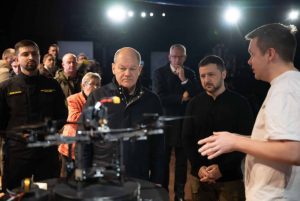
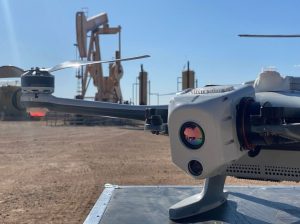
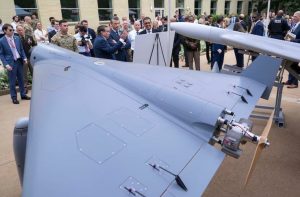
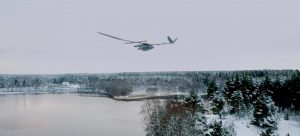
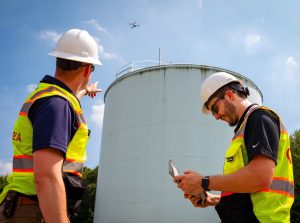



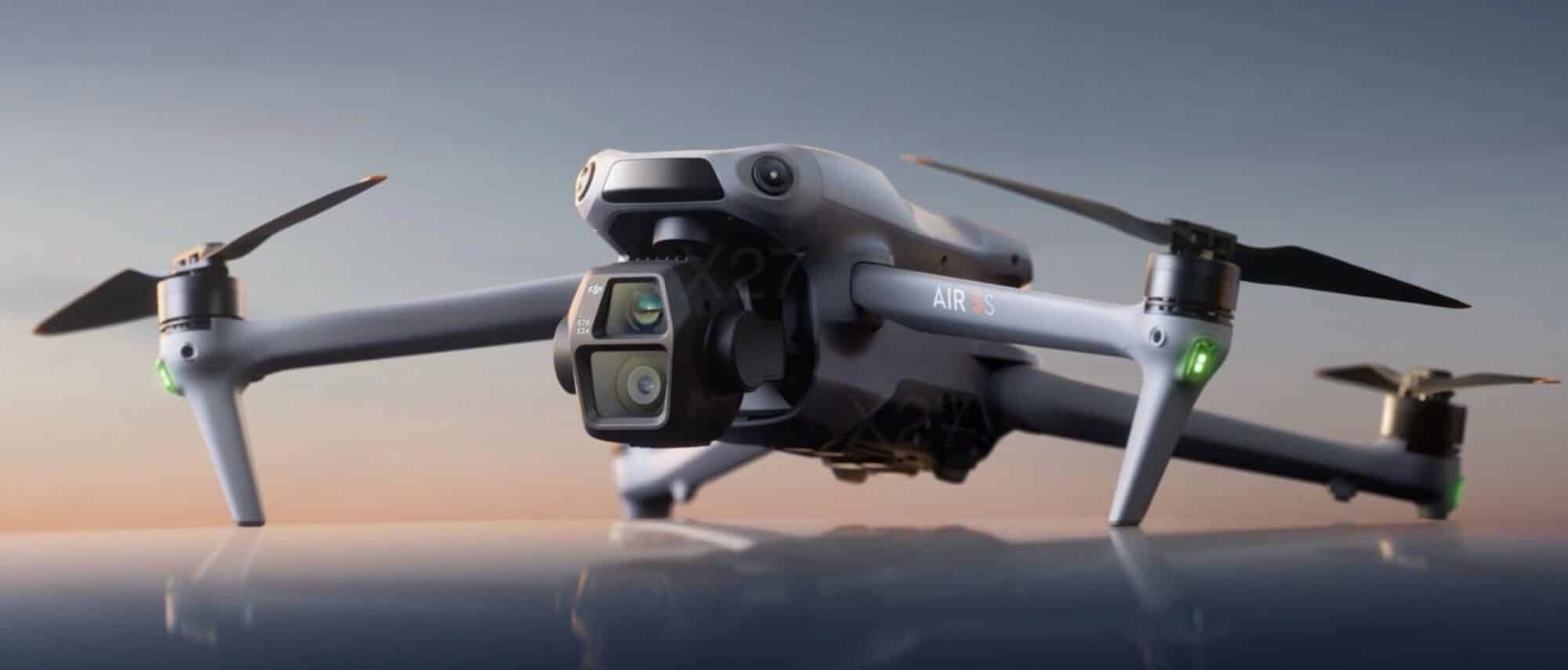

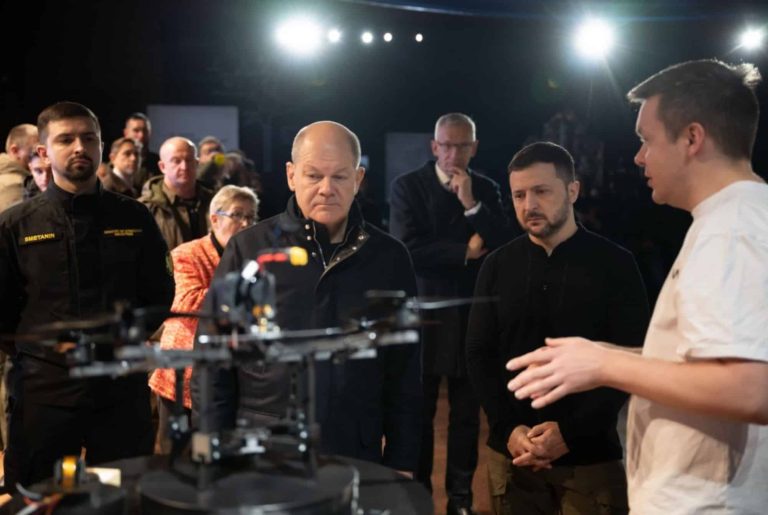
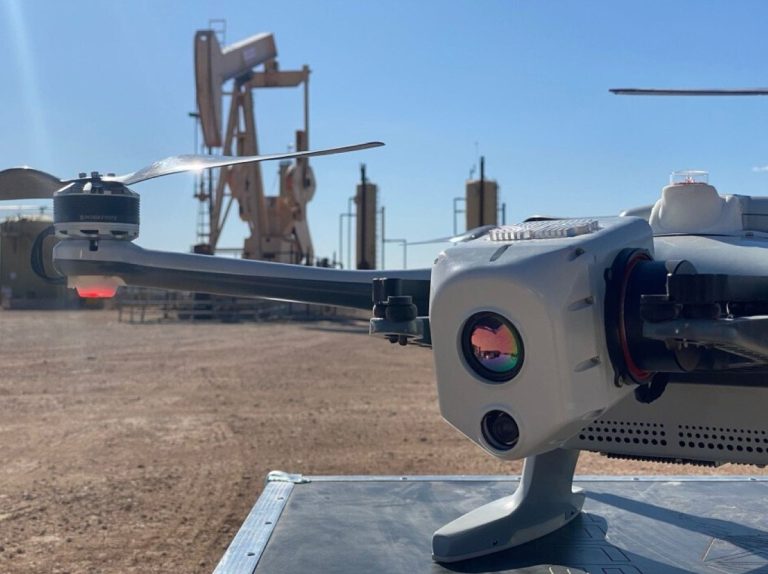
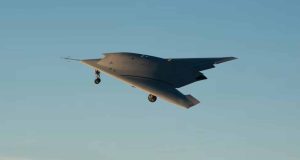

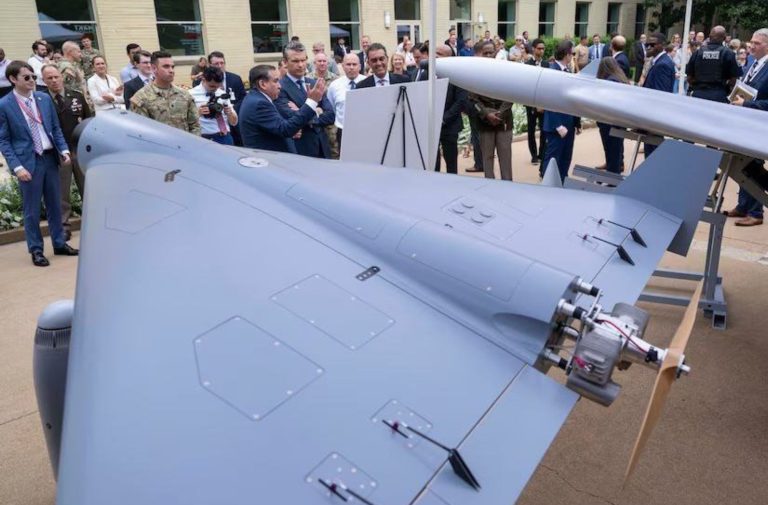
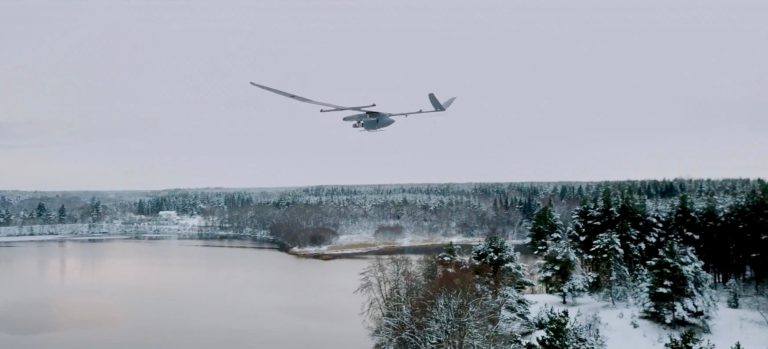
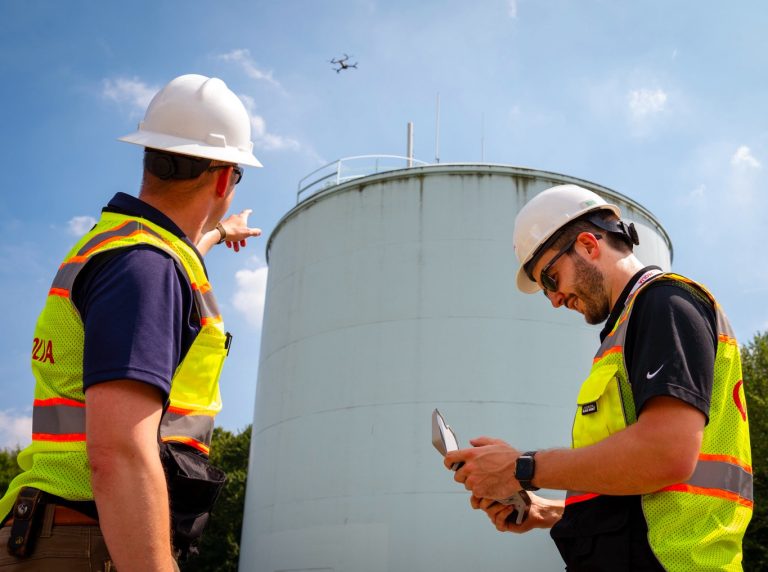


+ There are no comments
Add yours